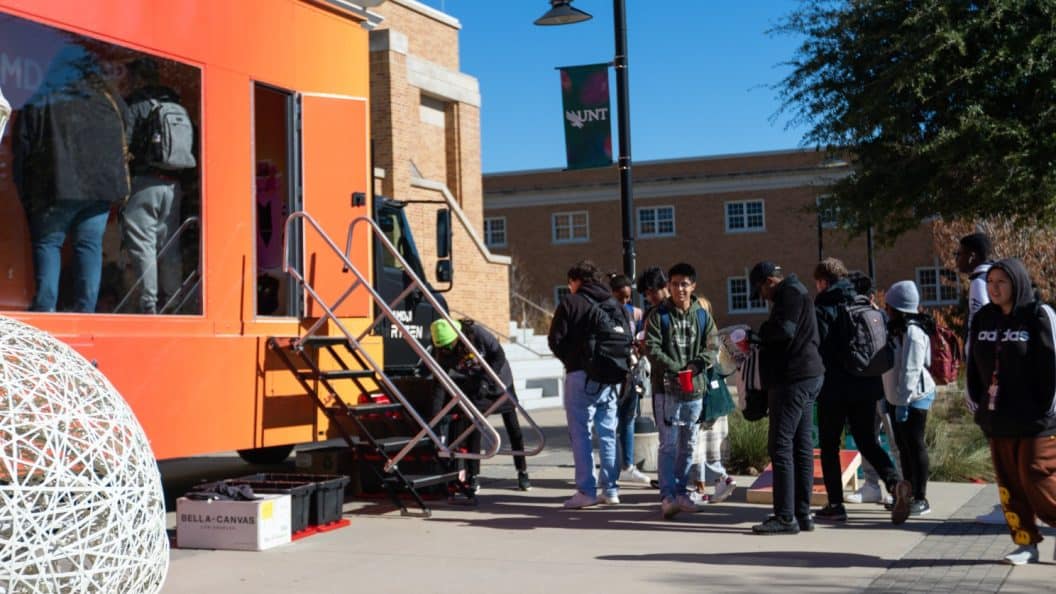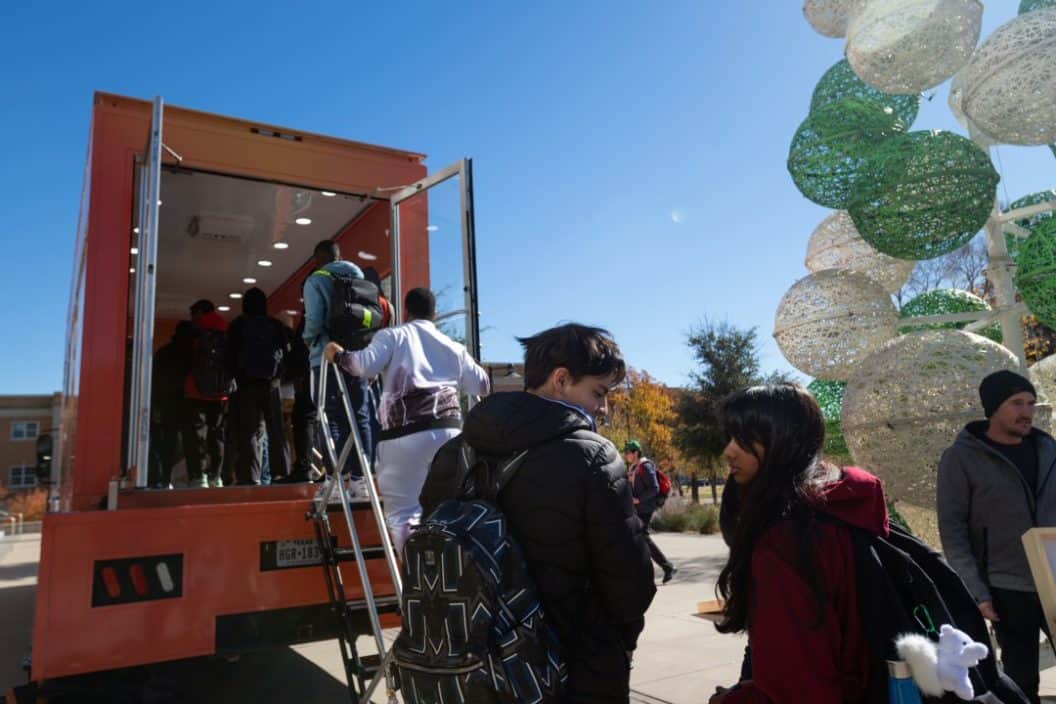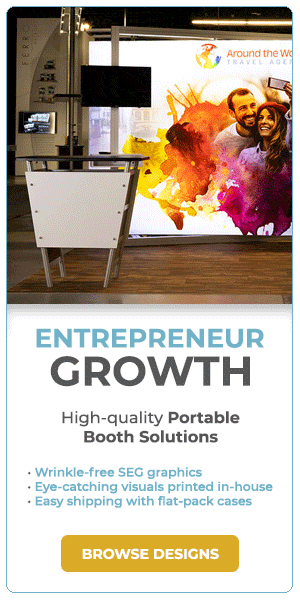The open road is immortalized in the American mind.
Since 1957, shortly after President Eisenhower instituted the Interstate Highway System, road trips have been a rite of passage, and no one captured the freewheeling, restless, and rugged individual American spirit better than Jack Kerouac did in his novel On The Road.
That’s why it’s somewhat surprising that advertising agencies and brands have been slow to see the massive imaginative potential of our highways. For decades, consumers were fed a steady diet of stale billboards, semi-trucks with graphics wrapped around their freight, and (the current king of the road) food trucks.
But perhaps slow is best. Times have changed since Kerouac wrote his generation-defining novel; consumers may be numb to the freedom of the open road because of their slavery to the commute. This could mean that right now is the unique time for agencies and brands to swing open the doors of adventure and reignite the siren call of the American highway.
Kerouac appeared on The Steve Allen Show in 1959 and was asked by Steve how long it took him to write On The Road. He replied: “Three weeks.”
“How many?”
“Three weeks.”
“Three weeks. That’s amazing. And how long were you on the road itself?”
“Seven years.”
(You can watch the full interview on The Historic Films Stock Footage Archive’s YouTube channel for free here.)
Our seven years of traveling are over. It’s time for agencies and brands to rekindle the latent romanticism of the road.

Mobile Tours Rock. End of Story.
A mobile tour is a term used by experiential marketers. The idea is relatively new, and it’s doubtful the current name will last. “Mobile experiences” or “experiential tours” may be contenders. But the basic idea is that a brand creates an interactive consumer experience and travels to multiple locations within a city, state, or country.
The major benefit is it allows brands to go where the customers are and engage with them directly. Popular public areas for mobile tours include
- Stadiums
- Malls
- Parks
- City streets
- Downtown
- Universities
- Concerts
- Festivals
- Fairs
- And many more
Mobile tours can also take place at any time of the year, but the most popular are during summer and spring breaks when most consumers are outside.
Younger consumers like Millennials and Gen Z say experiential marketing is their preferred way to learn about new products. Finance Online reports that 74% of consumers say engaging with branded event marketing experiences makes them more likely to buy the promoted products. 65% say product demos and live events help them understand the product more than any other advertising method.

Deciding on an experiential mobile theme
Imagine the gut reaction of your target audience when they see you pull up.
- What’s the aura you want to convey?
- Is it cutting-edge, cool, and grungy like Mad Max?
- Is it mysterious and sophisticated like Cirque du Soliel?
- Is it lighthearted and fun like the movie Tag?
- Is it for kids like Lightning McQueen from Cars?
Be sure to partner with an experiential agency that not only provides the execution and custom fabrication of mobile experiences but also ideation.
AMD Ryzen on the road
For an example of how awesome and effective a mobile product tour can be, check out this video on AMD’s tour through Texas campuses promoting their new Ryzen processor.
If you could generate this much buzz over your next product launch or brand, would that merit a brainstorming session?
For more insights and award-winning marketing strategies, contact our team of specialists to design the perfect mobile tour to amplify your brand. Connect with a team member here or give us a call at (800) 343-2005.



